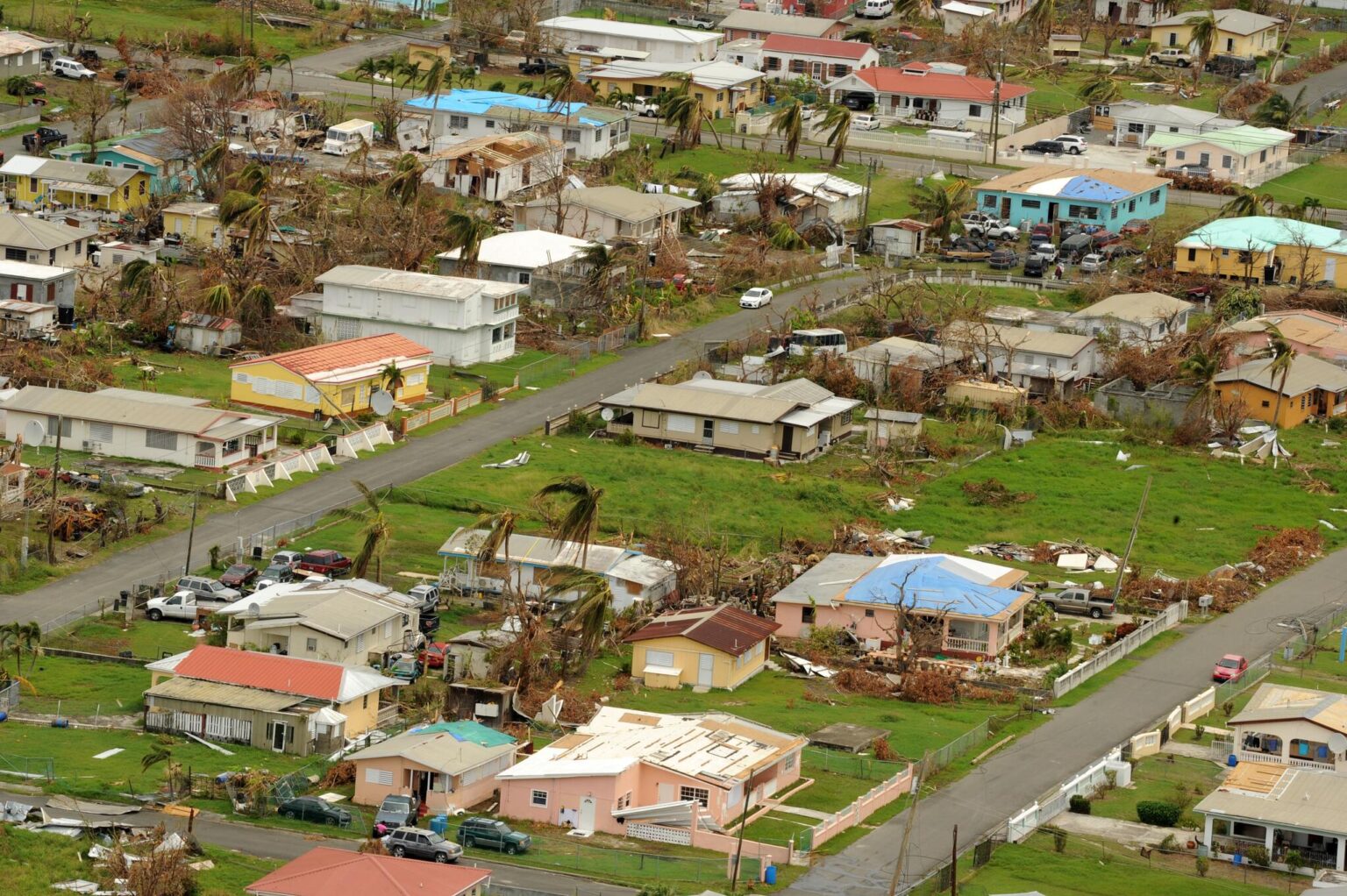“FEMA is no longer looking at itself as just a response agency but a true resilience agency.”
– Gina McCarthy, White House National Climate Advisor
“The field of emergency management is at a pivotal moment. We are seeing tremendous change in the landscape of risk and in our professional roles.”
– FEMA Administrator Deanne Criswell, FEMA Strategic Plan for 2022-2026
These two statements by Biden Administration officials on the country’s resilience reflect the new reality of where the federal government hopes to take national emergency management efforts. The Federal Emergency Management Agency (FEMA) can no longer be an agency that just responds after a disaster. With increasing severity and frequency of extreme weather events due to climate change, FEMA must now embrace a new role as a risk management entity and expand its focus from response to pre-mitigation of disasters yet to occur.
This focus on anticipating and preventing future hazards does not come in a vacuum. The Government Accountability Office (GAO) has found that the rising number of natural disasters and increasing reliance on the federal government for response and recovery assistance is a key source of federal fiscal exposure. To further build out this context:
- Since 1980, the federal government has accrued a $1 trillion expense budget for follow-up disaster assistance to states and localities.
- In 2020 alone, FEMA distributed over $3.5 billion to over 57 communities that had been declared disaster areas.
- The Washington Post recently reported that more than 4 out of 10 Americans live in a county that was struck by climate-related extreme weather in the past year.
A New Plan for Preparedness
FEMA’s 2022-2026 Strategic Plan reflects this current context and sets three objectives for this new approach for the agency:
- Instill equity as the foundation of emergency management.
- Leading whole of community in climate resilience.
- Ensure a ready FEMA and a prepared nation.
Strengthening the human, technical and financial capability to respond
I believe that these are objectives that the BCSE and its members, as well as others in the private sector and stakeholder community who are committed to climate action, can endorse. Business has a key role through public-private partnership to help FEMA achieve these goals.
We know that our communities are affected differently by natural disasters because of the varying degrees of the resilience of infrastructure, and the human, technical and financial capability to respond. After Hurricanes Maria and Irma pounded Puerto Rico in September 2017, human suffering was exacerbated by ill-prepared infrastructure, which prolonged economic recovery. In both pre- and post-disaster response, the federal government and FEMA has a clear and important role to ensure equity in access to emergency management support and response.
A diverse portfolio of clean energy solutions to protect essential infrastructure
I share the BCSE’s view that the deployment of renewable energy and energy efficiency products and services is an investment with dual benefits for a community – one that reduces harmful emissions and enhances resilience and preparedness. A diverse portfolio of clean energy solutions will help protect essential community infrastructure including the power grid, hospitals, shelters, transportation, and food distribution systems, in the face of a natural disaster.
The Disaster Recovery and Reform Act of 2018 (P.L. 115-24) embraced an innovative approach to pre-disaster mitigation (PDM), which allows the President to set aside up to 6% of an amount appropriated after a national disaster to be used for PDM in the states and territories. FEMA’s latest program, Building Resilient Infrastructure and Communities (BRIC), provides an additional one billion dollars to states and territories for pre-disaster investments. In 2021, Congress also included increased funding for pre-disaster mitigation (PDM) in the Infrastructure Investment and Jobs Act (P.L. 117-58).
This new approach to pre-disaster management is supported by a broad array of businesses, as well as local government, emergency management, healthcare, and real estate stakeholders. For example, many BCSE members support the BRIC program’s proposed criteria for state and local assistance under the new PDM program to be weighted toward communities that have adopted more stringent, recently developed building codes. This reflects FEMA’s emphasis on disaster resilience through strong building codes.
So, three cheers for FEMA!
The agency’s new strategic plan, coupled with the implementation of the BRIC and PDM program, are a shining public policy star in this country’s climate adaptation efforts.
About the Author:
Jared Blum, is Washington Counsel for the EPDM Roofing Association and Vice-Chair of the BCSE Board of Directors.

